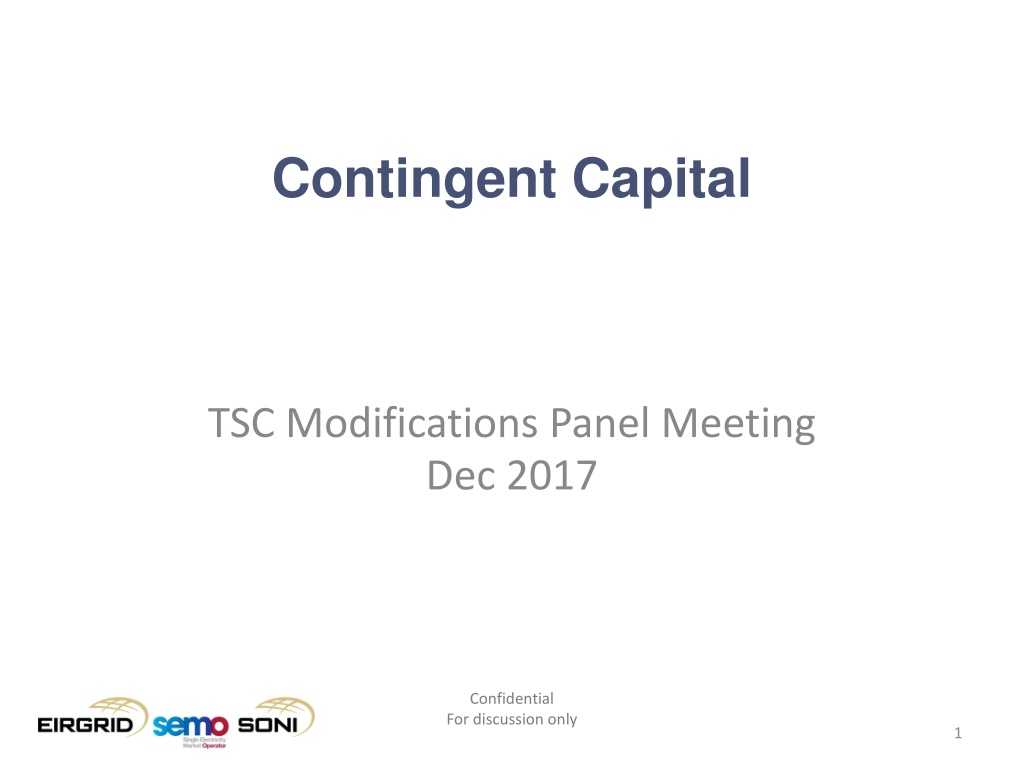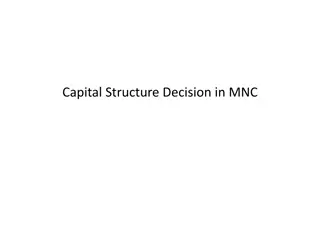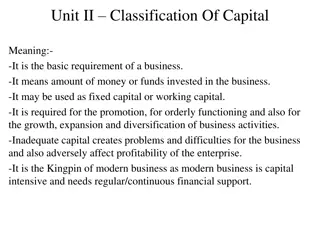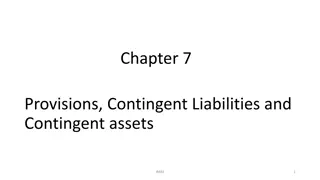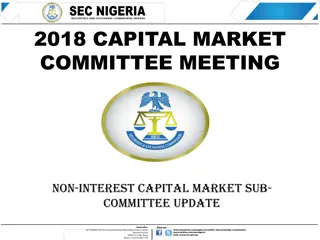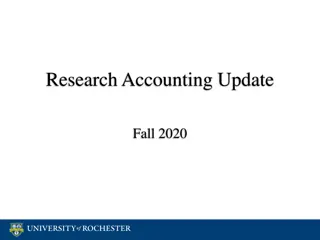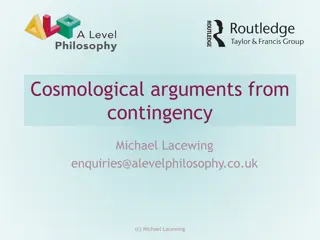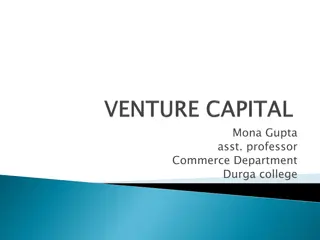Understanding the Need for Contingent Capital in Energy Market Operations
This confidential panel meeting agenda explores the necessity of contingent capital in I-SEM, covering key objectives, reasons for its requirement, and potential impacts on market operations. Discussions include the amount needed, exhaustion scenarios, and remedial actions in case of deficits, highlighting market charges, payments, capacity constraints, market rules changes, and risk mitigation strategies.
Download Presentation

Please find below an Image/Link to download the presentation.
The content on the website is provided AS IS for your information and personal use only. It may not be sold, licensed, or shared on other websites without obtaining consent from the author. Download presentation by click this link. If you encounter any issues during the download, it is possible that the publisher has removed the file from their server.
E N D
Presentation Transcript
Contingent Capital TSC Modifications Panel Meeting Dec 2017 Confidential For discussion only 1
Key Objectives Why is contingent capital needed? How much contingent capital is required in I-SEM? Option 1 Option 2 Option 3 What happens if contingent capital is exhausted? Confidential For discussion only 2
Why is contingent capital needed EirGrid/SONI Market Charges Market Payments Capacity Constraints Residual Error Interconnector Ramping Market Operator Charges .. Confidential For discussion only 3
Why is contingent capital needed EirGrid/SONI Market Payments Market Charges MWhr based Forecast Errors Time based Market Payments Market Charges Confidential For discussion only 4
Why is contingent capital needed EirGrid/SONI Accumulated Charges-Payment Market Payments Market Charges Contingent Capital 5
Change in key assumptions SEM v I-SEM Category Change in I-SEM Impact Capacity Capacity auction process in I-SEM compared to a pot set at the beginning of a year in SEM Capacity is self funded (pass through) on a monthly basis in SEM compared to a Tariff mechanism in I-SEM Monthly payments receipts in I-SEM Seasonal impact in Year 1 as Go Live is May-18 which is coming into the trough summer months. Payments made on a straight line basis but receipts recovered on a demand profile basis. Likely to result in a cumulative deficit build up during the summer months which should unwind during the winter months. This is a Year 1 funding risk only as the tariff year normally starts in Oct which is coming into peak winter months. Constraints & Residual Error (REVLF) Change in market rules Not required to bid on SRMC basis Participant will be paid the higher of bid price or market price for Constraints REVLF moving from pass through to tariff mechanism in I-SEM Market Interconnector Ramp rate Physical Expected increase in volatility in imbalance price due to change in bidding rules Market risk Intrinsic risk associated with the introduction of a new market Extremely difficult to quantify. Risks include: 1. Market behaviour 2. Design risk Remedy period Confidential For discussion only 6
Will Contingent Capital be exhausted? Put prudent amount in place Some remedial actions Warning System Uplift in tariffs at short notice Change to Market Rules Low risk , but could happen What happens if contingent capital is exhausted? Confidential For discussion only 7
What happens if contingent capital is exhausted? Currently payments must continue to be made under TSC Condition precedent for raising finance that some mechanism be put in place Costs will be recovered over time just not sufficient funds to pay Risk of breach of TSC and legal action Proposal is that payments are suspended and accrued until charges exceed payments 8
